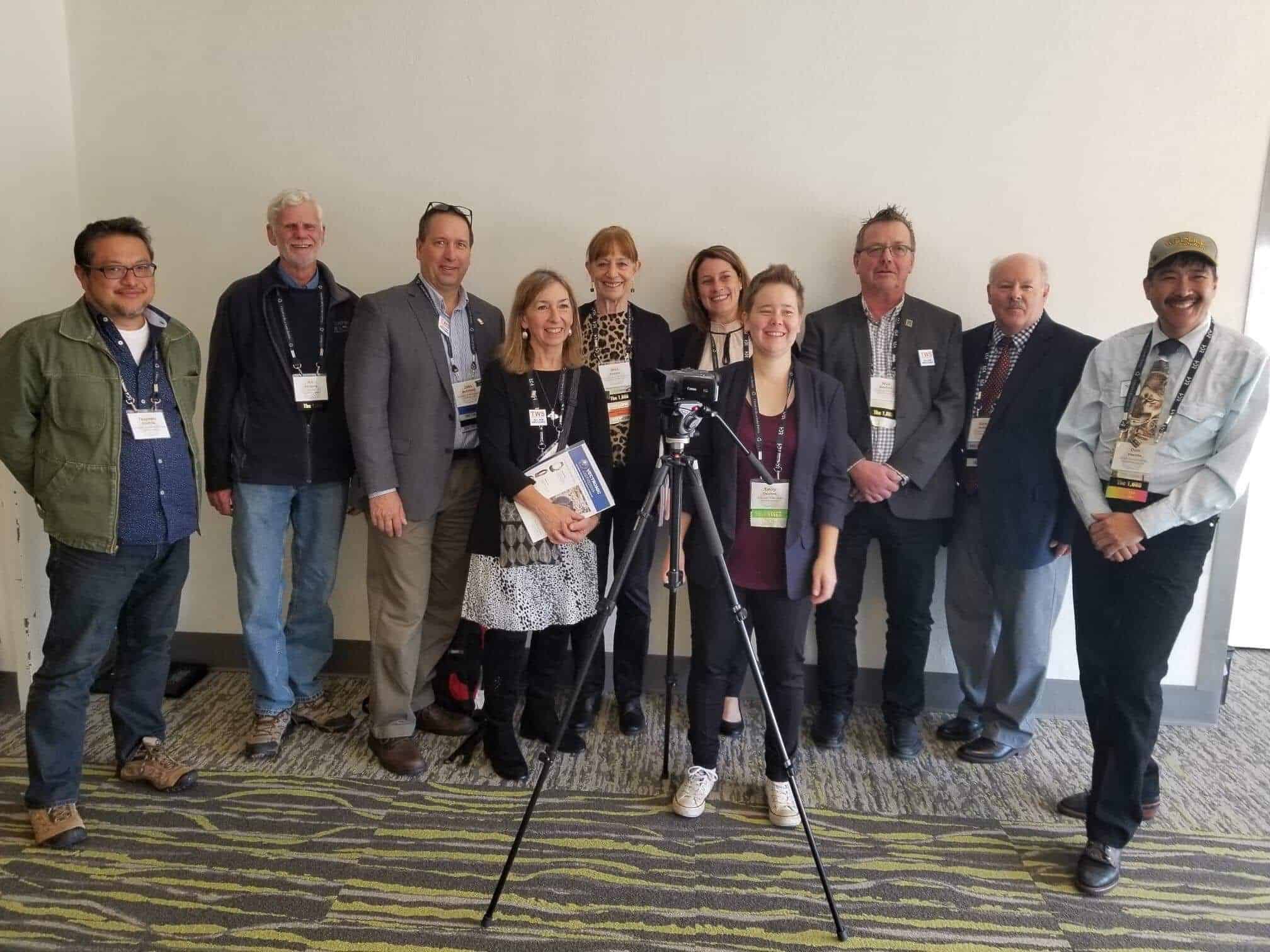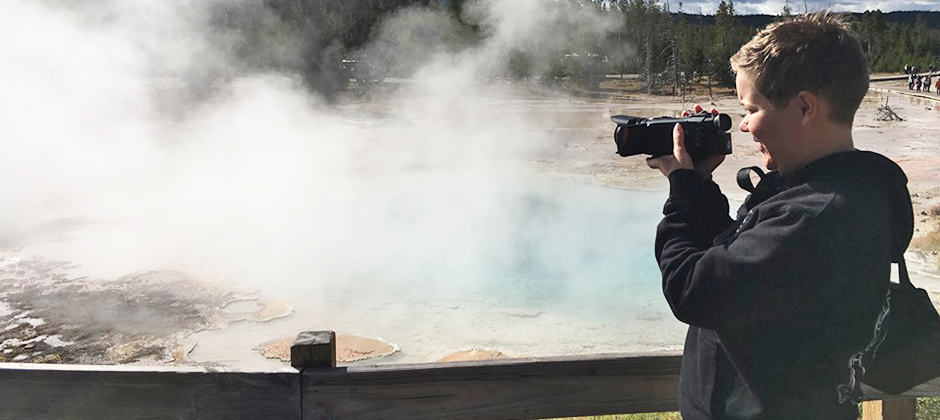Share this article
TWS member’s video explores why wildlife matters
Why does wildlife matter? The answer to that question is inherent in the work that wildlife professionals do, but they don’t often have to put it into words.
So with video camera in hand, University of Manitoba graduate student Emily Thoroski asked them. As part of an undergraduate course taught by TWS Past President Rick Baydack, she initiated a video project, which ended up becoming her master’s thesis. She was inspired by the idea for her project from Baydack’s theme at the 2015 annual TWS conference in Winnipeg, Manitoba, and she ran with it.
“A lot of people don’t think about this question,” Thoroski said. “They do the research, and they’re passionate about it, but people rarely talk about why wildlife matter.”
Credit: Emily Thoroski
Thoroski received an undergraduate research award from the University of Manitoba, which allowed her to be mentored by Rick Baydack and Erin McCance, both professors at the university, in the summer of 2018. “They both have become incredible mentors to me and continue to inspire me to move forward,” she said.
She received funding from the Clayton H. Riddell Faculty of Environment, Earth and Resources at the university to travel to the 2018 TWS conference in Cleveland, where she interviewed 13 wildlife professionals and three students about why wildlife matter to them. The following March, she visited the Alberta Chapter and Canadian Section joint conference in Canmore, where she conducted six more interviews.
From these, she created a 27-minute long thesis and was inspired to do more. “I wanted to use music and video to get the public more involved,” she said, so she wrote and performed the song “We Decide,” which is featured in her video.
Credit: Emily Thoroski
She ended up interviewing TWS past presidents, including Wini Kessler, John McDonald, Gary Potts and W. Dan Svedarsky and other leaders. “Wini Kessler is my role model,” she said.
At last year’s TWS conference in Reno, Thoroski premiered a shortened version of her video. “I sent out an email to all my interviewees, saying I’m presenting at this time, please come by. And they were there supporting me,” she said. “It was like a dream.”
Enlarge

Courtesy: Emily Thoroski
A few themes emerged from their answers, Thoroski said. Some shared that wildlife served as a barometer for healthy ecosystems. Some said it connected them with family and friends. “I want wildlife to be here for my granddaughter and for the future generations,” said Harriet Allen, a past TWS council member.
But Thoroski was also surprised by some of the answers to her other questions. When she asked interviewees if they have hope for wildlife, some of them paused before answering. “Most of them were realistic in stating that they do have hope, but it is going to take a lot of work, a lot of dedicated people, and most importantly, better awareness to the general public,” she said.
Said Kessler: “People are only going to take action for the things they know about and care about. We all have a role in spreading the knowledge that we have.”
But the best part of the project was getting to meet and talk with members. “I think that’s what The Wildlife Society is about — supporting each other and creating friendships,” she said.
While interviewing wildlife professionals, Thoroski also had time to reflect on why wildlife matter to her.
“I have to stand up and speak for wildlife because they cannot speak for themselves,” she said. “I try to creatively find ways to get the public involved in wildlife conservation, because I know that it is absolutely critical for humans moving forward as a species on this planet. Most importantly, we should protect and conserve this natural world and the species within it, not because we have to but because we want to.”
Header Image: TWS member Emily Thoroski shoots video at Yellowstone National Park. Credit: Courtesy Emily Thoroski








